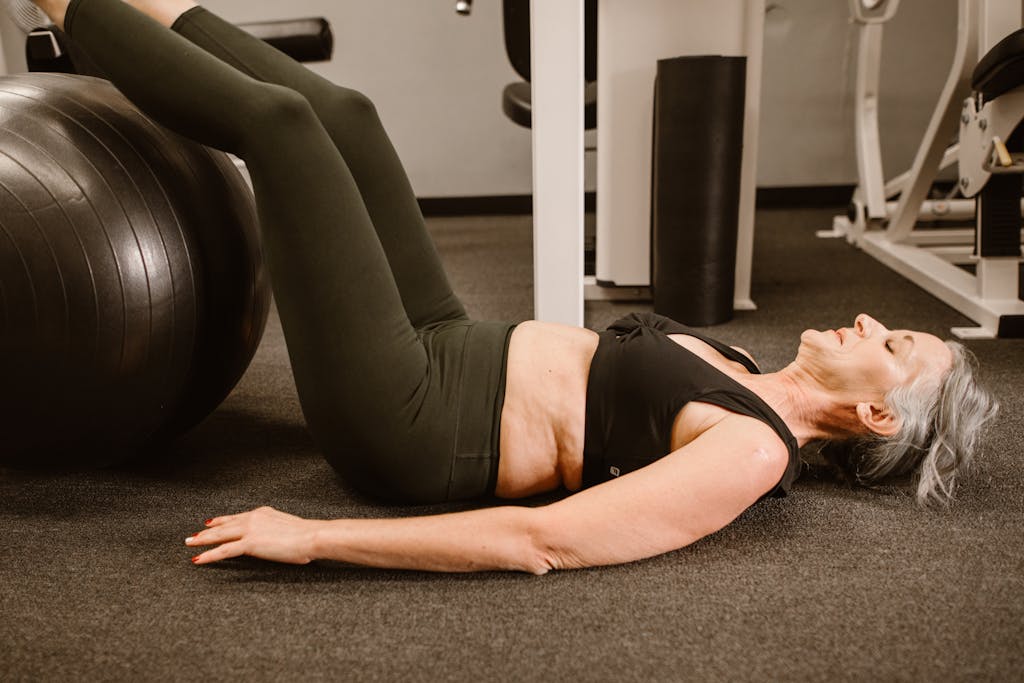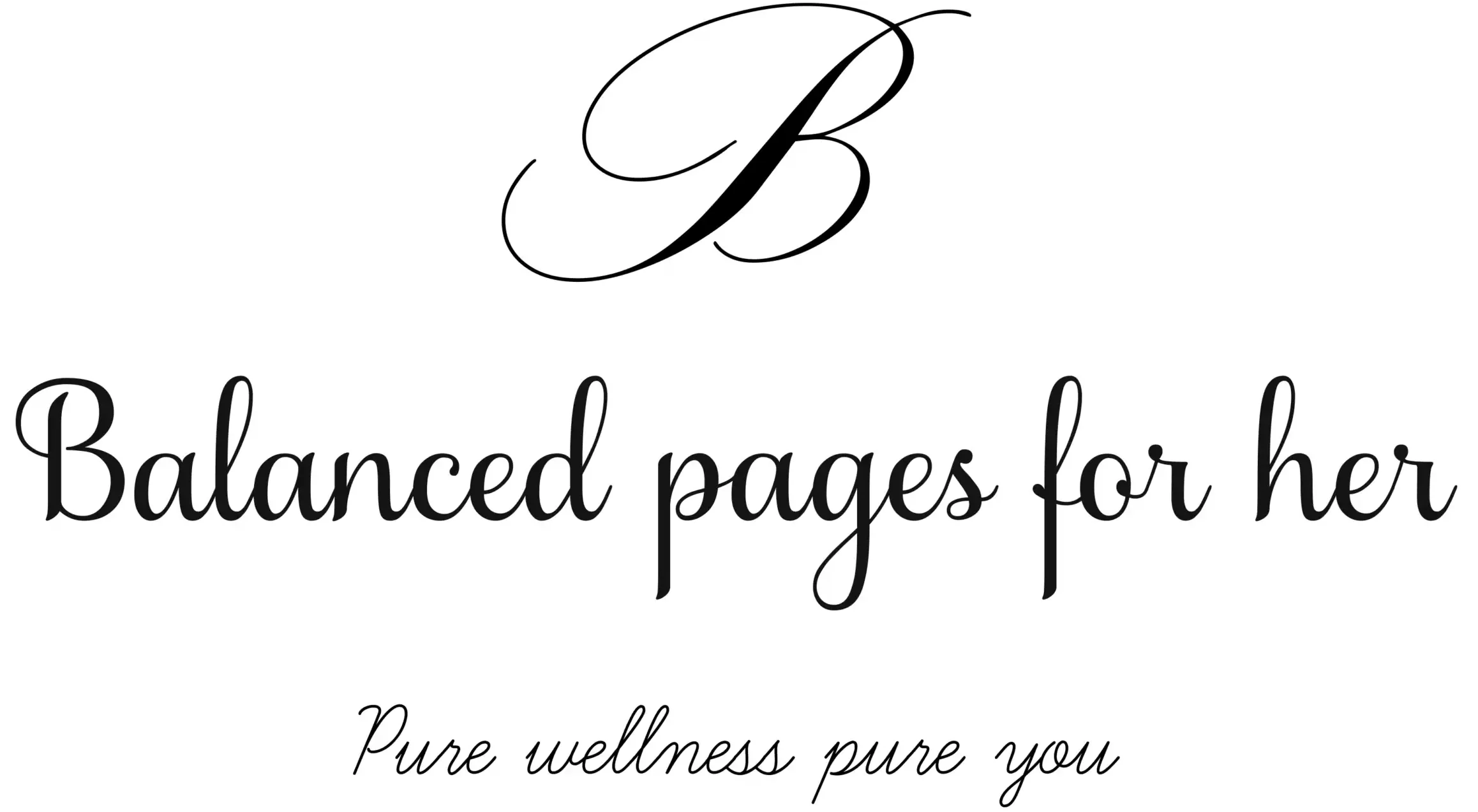Strong at Every Step: Nurturing Bone Resilience After 40

When we think about aging gracefully, glowing skin, a balanced lifestyle, and a resilient mindset often come to mind. But one of the most overlooked aspects of health after 40 is something we can’t see—our bones.
Bone health becomes increasingly important as we age, especially for women navigating perimenopause and menopause, when hormonal shifts can accelerate bone density loss. The good news? With the right lifestyle choices, nutrition, and mindset, you can strengthen your bones, protect yourself from osteoporosis, and support a vibrant, active life well into your 50s, 60s, and beyond.
In this guide, we’ll explore why bone health matters after 40, what changes occur, and—most importantly—practical, holistic steps you can take to keep your skeleton strong and supportive.
Why Bone Health Matters After 40
Your bones aren’t just rigid structures that hold your body up—they’re living tissue, constantly being broken down and rebuilt. Until about age 30, bone mass generally increases, reaching peak density in early adulthood. But after 40, particularly for women, bone remodeling begins to lean toward breakdown rather than buildup.
This shift happens for several reasons:
- Hormonal changes: Estrogen plays a key role in protecting bone density. As levels decline during perimenopause and menopause, bone loss accelerates.
- Slower absorption of nutrients: Calcium and vitamin D absorption decreases with age, making it harder for bones to get what they need.
- Reduced physical activity: Busy schedules, sedentary jobs, and lifestyle changes can mean less time for bone-strengthening movement.
- Genetics: Family history plays a role—if osteoporosis runs in your family, your risk may be higher.
The result? Without intentional care, bones can become weaker and more prone to fractures, a condition known as osteoporosis.
But here’s the empowering truth: lifestyle choices can make a huge difference. You have the ability to slow bone loss, even rebuild bone strength, and protect your future mobility.
Nutrition for Strong Bones
One of the most powerful tools for boosting bone health is your diet. Let’s look at what to focus on:
1. Calcium: The Building Block of Bones
Calcium is essential, but many women over 40 fall short of the recommended daily intake (about 1,000–1,200 mg). Instead of only relying on supplements, aim to get calcium naturally from:
- Dairy products like yogurt, cheese, and milk
- Leafy greens (collard greens, kale, bok choy)
- Fortified plant-based milks
- Almonds, chia seeds, and sesame seeds
- Sardines or salmon with bones
2. Vitamin D: The Calcium Companion
Without vitamin D, your body can’t absorb calcium effectively. Many adults are deficient, especially in colder climates or if you spend most of your time indoors. Sources include:
- Sunlight (15–20 minutes daily, depending on skin tone and location)
- Fatty fish like salmon and mackerel
- Egg yolks
- Fortified foods
- Supplements, if recommended by your doctor
3. Magnesium and Vitamin K2: The Underrated Duo
Magnesium supports bone structure, while vitamin K2 helps direct calcium into bones (instead of arteries). Add these to your plate:
- Magnesium: nuts, seeds, legumes, whole grains, dark chocolate
- Vitamin K2: fermented foods like natto, sauerkraut, certain cheeses
4. Protein: Not Just for Muscles
Protein helps form bone matrix and maintain muscle, which protects bones. Aim for balanced protein at each meal from lean meats, fish, legumes, eggs, or plant-based sources.
5. Foods to Limit
Some foods and drinks can leach calcium from bones or interfere with absorption. Limit:
- Excess caffeine
- Sugary sodas
- Excessive alcohol
- Highly processed foods high in sodium
Movement That Builds Bone Strength
Exercise is one of the most effective ways to strengthen bones and prevent loss. Think of it as “exercise medicine” for your skeleton.
1. Weight-Bearing Exercise
Activities that make your body work against gravity stimulate bone growth. Try:
- Brisk walking or hiking
- Dancing
- Low-impact aerobics
- Tennis or pickleball
2. Strength Training
Lifting weights (or using resistance bands and body weight) builds both muscle and bone. Aim for 2–3 sessions per week, focusing on major muscle groups. Exercises like squats, lunges, push-ups, and rows are particularly effective.
3. Balance & Flexibility Work
As bones weaken, fall prevention becomes vital. Balance-focused activities lower your risk of fractures by helping you stay steady. Try:
- Yoga
- Pilates
- Tai chi
4. Movement Mindset
Don’t think of exercise as punishment. Think of it as nourishment for your bones and your future. Even 10–15 minutes of movement daily can create long-term benefits.
Lifestyle Habits That Protect Bone Health
It’s not just food and exercise—your daily habits also affect bone strength.
1. Quit Smoking
Smoking decreases bone mass and increases fracture risk. Quitting is one of the best things you can do for your bones—and your whole body.
2. Limit Alcohol
Excess alcohol interferes with bone remodeling and nutrient absorption. Stick to moderate levels (one drink a day for women, if at all).
3. Prioritize Sleep
Your bones, like your muscles, repair themselves while you sleep. Aim for 7–9 quality hours per night.
4. Manage Stress
Chronic stress raises cortisol, which can harm bones. Practices like meditation, deep breathing, journaling, or simply walking outdoors can lower stress levels.
Bone Health and Women’s Hormones
For women, bone health after 40 is deeply tied to hormonal changes. The drop in estrogen during perimenopause and menopause speeds up bone loss. That’s why this stage of life is a critical window for prevention.
- Talk to your doctor about bone density scans (DEXA scans) to get a clear picture of your risk.
- Ask about options like hormone replacement therapy (HRT), which may help some women reduce bone loss.
- Natural support: lifestyle choices, stress reduction, and a balanced diet can complement medical guidance.
Building a Bone-Healthy Mindset
Sometimes, health advice can feel like another long to-do list. Instead, think of bone health as part of your overall journey to balance and empowerment.
- Shift your perspective: Every nourishing meal and every walk in the sunshine is an act of self-care for your future self.
- Celebrate small wins: Did you add leafy greens to lunch? Do a set of squats? That counts.
- Stay consistent: Bone health isn’t about perfection—it’s about steady habits that add up over time.
Putting It All Together: Your Bone Health Plan
Here’s a simple framework to keep bone health front and center:
- Eat for your bones: Include calcium, vitamin D, magnesium, protein, and K2 daily.
- Move your body: Mix weight-bearing, resistance, and balance activities each week.
- Check your lifestyle: Sleep well, manage stress, limit alcohol, avoid smoking.
- Partner with your doctor: Stay proactive with screenings and medical advice.
Final Thoughts
After 40, your bones deserve as much attention as your heart, skin, or mental well-being. They’re the foundation that supports every joyful walk, yoga flow, beach day, and dance in your kitchen. By aligning your lifestyle with bone-strengthening habits, you’re not just protecting yourself from osteoporosis—you’re investing in freedom, mobility, and vitality for the decades ahead.
Your bones may be hidden beneath the surface, but they’re the silent strength that carries you through life. Care for them, and they’ll carry you beautifully into your second half of life.
Disclaimer
This blog post is for informational purposes only and should not replace professional medical advice. Always consult your physician before starting any new nutrition, supplement, or exercise program, especially if you have a history of bone-related conditions.
